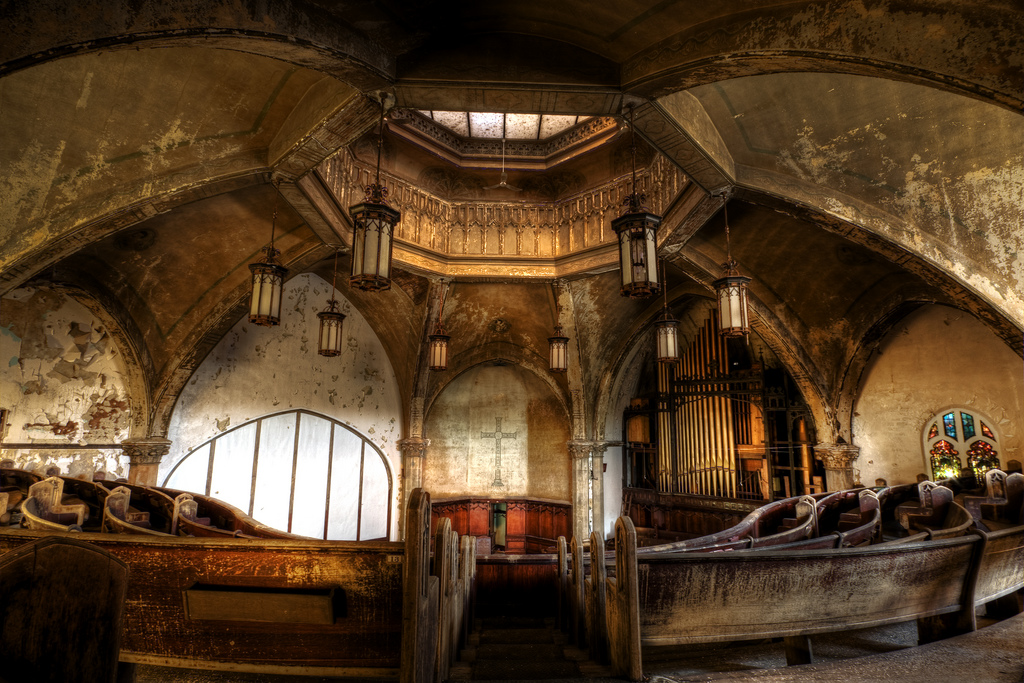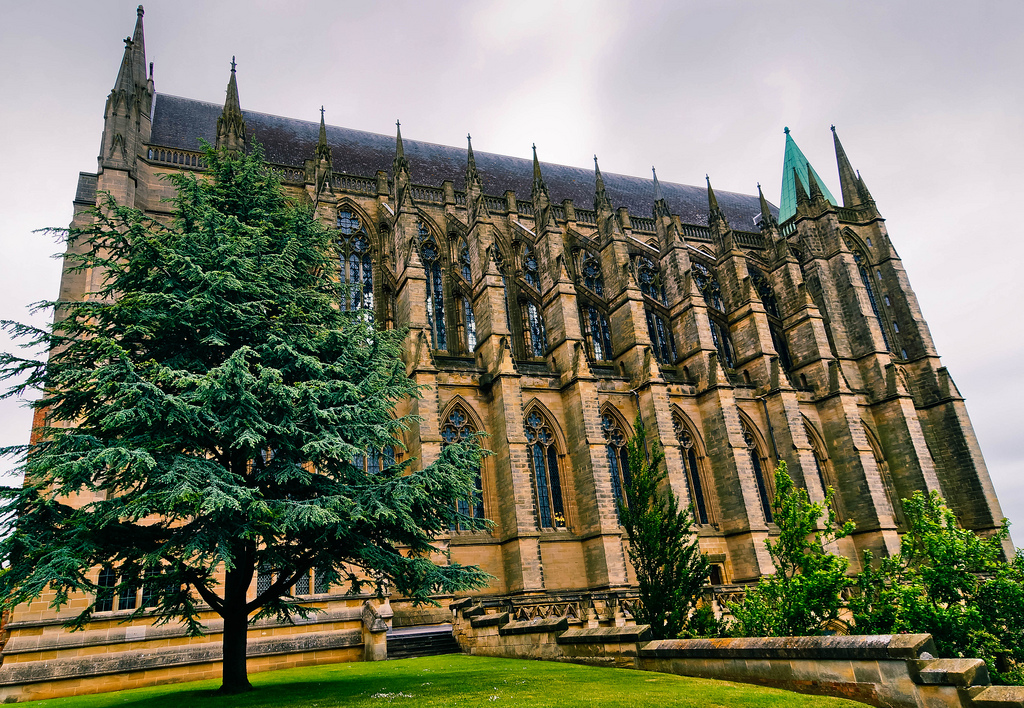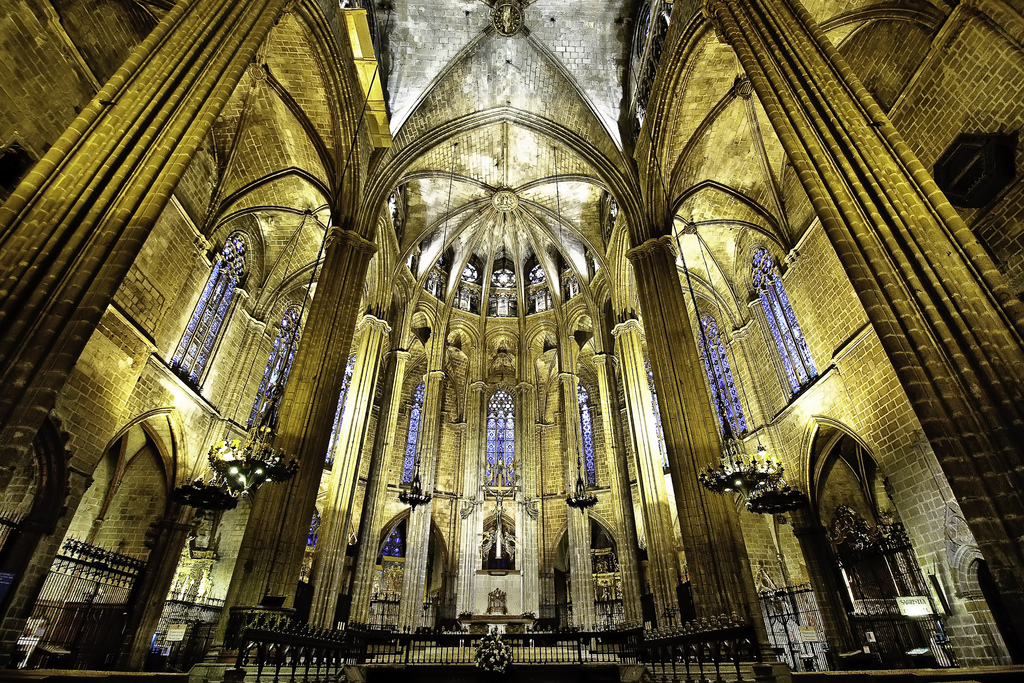Compiled by: Monique Cloe
Gothic revival architecture, a style originating in the 18th century which grew in popularity throughout the 19th century, contrasted Neoclassicism. The Gothic Revival style is part of the picturesque and romantic movement in architecture, reflecting the public’s taste for buildings inspired by medieval design. This was a real departure from the previously popular styles that drew inspiration from the classical forms of ancient Greece and Rome (Encyclopedia Britannica, 2012) While distinctly different, the Gothic Revival style style looked to the past, and remained popular throughout the mid 19th century.
This style was promoted as an appropriate design for rural settings, with its complex and irregular shapes and forms fitting well into the natural landscape (Encyclopedia Britannica, 2012). Thus, the Gothic Revival style was often chosen for country homes and houses in rural or small town settings.
The Gothic Revival style was also popular for churches, where high style elements such as castle-like towers, parapets, and tracery windows were common, as well as the pointed Gothic arched windows and entries. The Carpenter Gothic style is a distinctive variation of the Gothic Revival style featuring vertical board and batten wooden siding, pointed arches and incised wooden trim (PH&MC, 2014). The name comes from the extensive use of decorative wood elements on the exterior.
The most commonly identifiable feature of the Gothic Revival style is the pointed arch, used for windows, doors, and decorative elements like porches, dormers, or roof gables. Other characteristic details include steeply pitched roofs and front facing gables with delicate wooden trim called vergeboards or bargeboards (PH&MC, 2014). This distinctive incised wooden trim is often referred to as “gingerbread” and is the feature most associated with this style. Gothic Revival style buildings often have porches with decorative turned posts or slender columns, with flattened arches or side brackets connecting the posts (PH&MC, 2014). Gothic Revival style churches may have not just pointed arch windows and porticos, but often feature a Norman castle-like tower with a crenellated parapet or a high spire.

Woodward Avenue Presbyterian Church
by Rick Harris, used under CC BY-SA

Lancing College
by Beverley Goodwin, used under CC BY

Cathedral, Barcelona
by Francisco Diez, used under CC BY
“Mid-19th Century Period.” Mid-19th Century Period. Pennsylvania Historical & Museum Commission, 2014. Web. 13 Apr. 2014.
The Editors of Encyclopedia Britannica. “Gothic Revival (architectural Style).”Encyclopedia Britannica Online. Encyclopedia Britannica, 14 Dec. 2012. Web. 14 Apr. 2014.